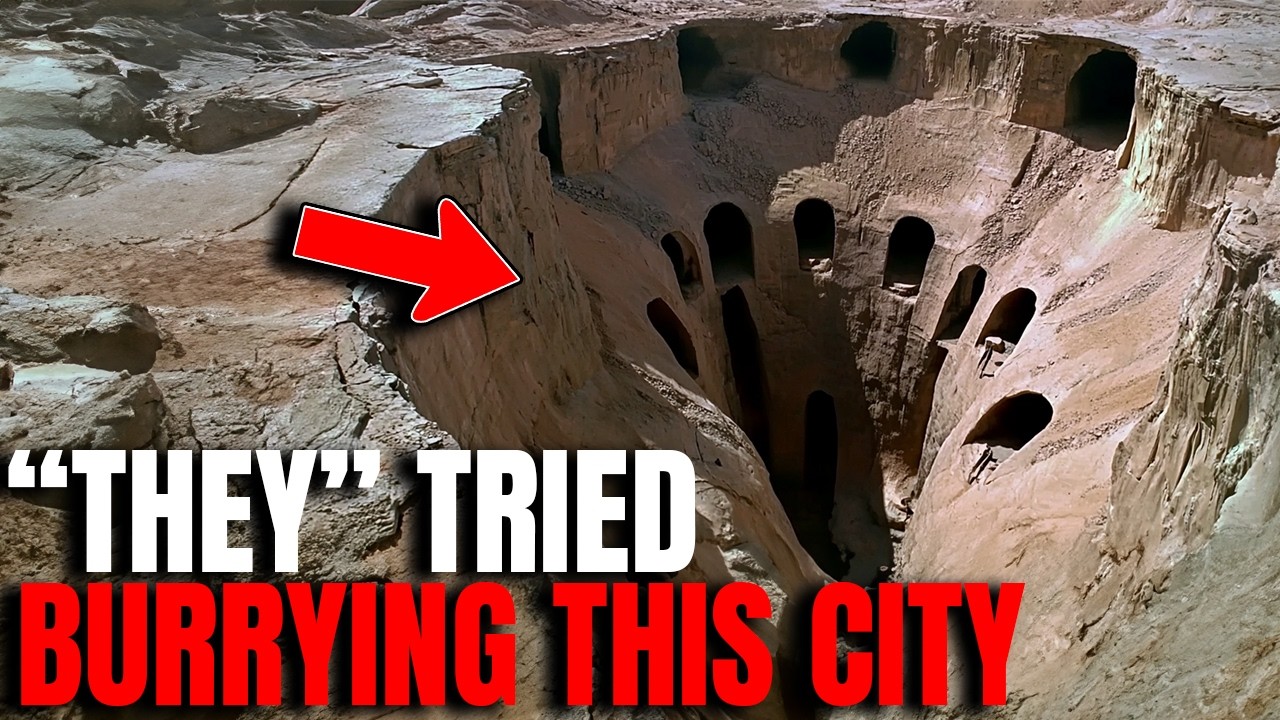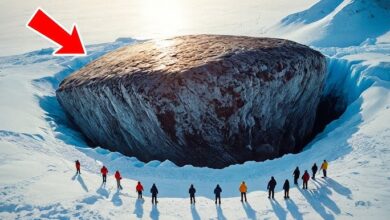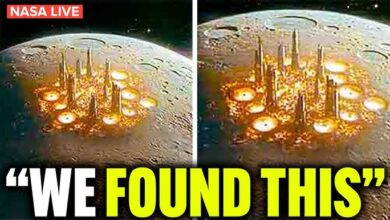Archaeologists Discovered A Pre Ice Age Underground City That No Official Records of Exist

Cappadocia, Türkiye, is famous for its unique landscape of pink, yellow, and red valleys and rock columns called “fairy chimneys” formed over thousands of years of erosion. However, the real magic lies underground, where mysterious underground cities have been discovered.
### **Discovery of the Derinkuyu Underground City (1963)**
– A resident of the Derinkuyu district, while renovating his house, discovered that his chicken had disappeared without a trace through a crack in the basement wall. When he broke down the wall, he discovered a secret room leading to a deep tunnel.
– The discovery led to the excavation of a huge underground city, more than 275 feet deep, spanning 18 floors and capable of housing up to 20,000 people. – The structure included houses, meeting rooms, schools, temples, stables, wine cellars, and a 180-foot-deep well that provided clean water. An elaborate ventilation system ensured air circulation, and massive stone doors weighing up to half a ton protected the inhabitants from intruders.
### **Who built Derinkuyu and why?**
– Theories suggest that the city was built by:
– The Hittites (c. 1200 BC), known for their ingenious architecture.
– The Phrygians (8th-7th centuries BC), who were master builders of monumental stonework.
– However, because volcanic rocks cannot be carbon dated, the true origins of Derinkuyu remain a mystery. Some suggest that it may be much older than currently believed.

### **Other Underground Cities in the Cappadocia Region**
– **Kaymakli Area (1964):** Another underground city was discovered, linked to Derinkuyu by 5 miles (about 8 km) of tunnels.
– **Özkonak Underground City (1972):** Distinctive with inter-level communications and holes in the ceiling for pouring boiling oil on intruders.
– Other villages in Cappadocia have also discovered many smaller underground stone structures, ranging from 1-2 rooms, suggesting the practice of underground construction was common.
– **Discovered in 2012:** In the Nevşehir area, a larger underground city than Derinkuyu was discovered, covering over 5 million ft² (464,515 m²), and reaching a depth of over 370 feet (about 112 m).
– **Discovered in 2020:** In Midyat, hundreds of miles from Cappadocia, another underground city three times larger than Derinkuyu was found.
### **Links to Göbekli Tepe and ancient disaster theories**
– Göbekli Tepe, an archaeological site in southeastern Turkey, features megalithic structures that were built around 9,600 BC, thousands of years before Stonehenge.
– One theory is that the stone columns at Göbekli Tepe, especially the “Vulture Column”, depict a meteorite impact event around 10,950 BC that triggered the Younger Dryas – a period of global cooling that lasted more than 1,000 years.
– Underground cities like Derinkuyu may have been built as shelters from this disaster.
### **Zoroastrian Legends and Their Historical Significance**
– Ancient Zoroastrian texts tell of Yima, who built an underground area to protect people, animals, and plants from a harsh winter.
– This legend, which originated in the region bordering Turkey, may reflect the memory of a real disaster that prompted people to build underground shelters.
### **Unanswered Questions**
– Who built these underground cities?
– Were they linked together in a vast global network?
– How highly skilled and organized were ancient civilizations?
– How many underground cities are there yet to be discovered?
Another mysterious site in Montana, USA, to learn about ancient structures that may provide more clues about human history. Cappadocia, Türkiye, is famous for its unique landscapes such as pink, yellow, red valleys and rock columns called “fairy chimneys” formed by thousands of years of erosion. However, the real magic lies underground, where mysterious underground cities have been discovered.








